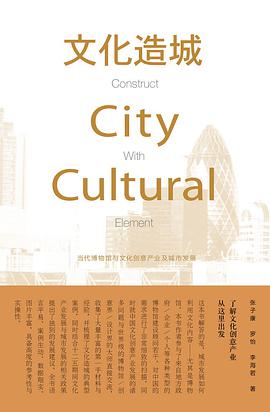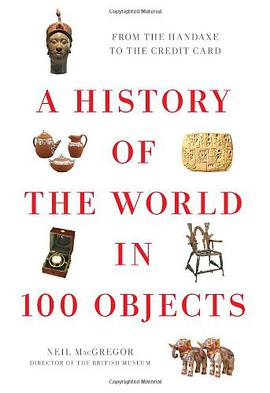文化造城 豆瓣
作者:
张子康 罗怡 李海若
2011
- 11
本书希望让读者能够了解解自己是不是要做、能不能够做博物馆、做什么样的博物馆、怎样规划博物馆以及博物馆建成以后,如何通过实际操作链接创意产业、城市发展从而使自己有更好的土壤与空间存活下去……
“要从一个城市的整体文化生态、甚至一个国家或地区的整体文化生态的角度来思考博物馆——城市文化生态也是整体城市有机体上的一个器官,因此思考博物馆还要考虑城市与经济、政治、社会等城市的其它发展要素的关系,主要是从城市的品牌形象与产业链接的角度出发”。(张子康)
公益性机构最大的任务与使命之一就是建立行业标准。(张子康)
我们对每一个我们接触的博物馆,都在对不同的城市从文化政策,文化环境,文化活动,文化设施,文艺教育,文化消费,文化产业,其它传统文化资源,城市发展经济、社会、社区等基本状况与基本特性,自然地理环境、交通条件……这一系列问题的考察中,更进一步加深了我们对于中国城市文化生态健康的关注、认识与参与。也加深了我们对于博物馆与城市的政治、经济、文化、旅游、教育等各个部分链接的研究、思考与经验。(罗怡)
“要从一个城市的整体文化生态、甚至一个国家或地区的整体文化生态的角度来思考博物馆——城市文化生态也是整体城市有机体上的一个器官,因此思考博物馆还要考虑城市与经济、政治、社会等城市的其它发展要素的关系,主要是从城市的品牌形象与产业链接的角度出发”。(张子康)
公益性机构最大的任务与使命之一就是建立行业标准。(张子康)
我们对每一个我们接触的博物馆,都在对不同的城市从文化政策,文化环境,文化活动,文化设施,文艺教育,文化消费,文化产业,其它传统文化资源,城市发展经济、社会、社区等基本状况与基本特性,自然地理环境、交通条件……这一系列问题的考察中,更进一步加深了我们对于中国城市文化生态健康的关注、认识与参与。也加深了我们对于博物馆与城市的政治、经济、文化、旅游、教育等各个部分链接的研究、思考与经验。(罗怡)

